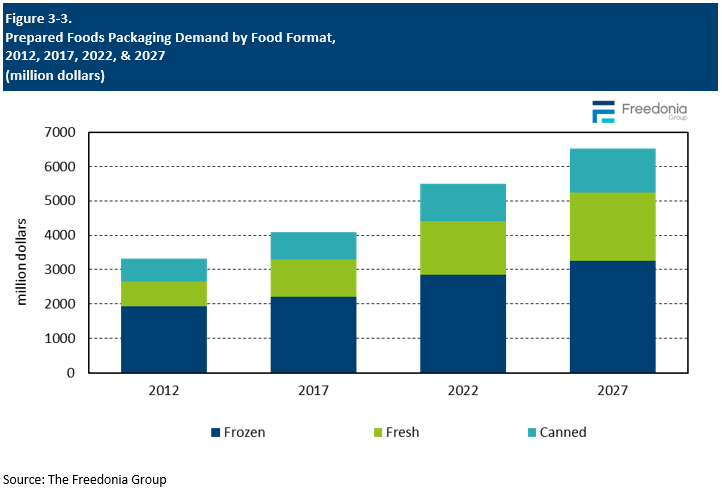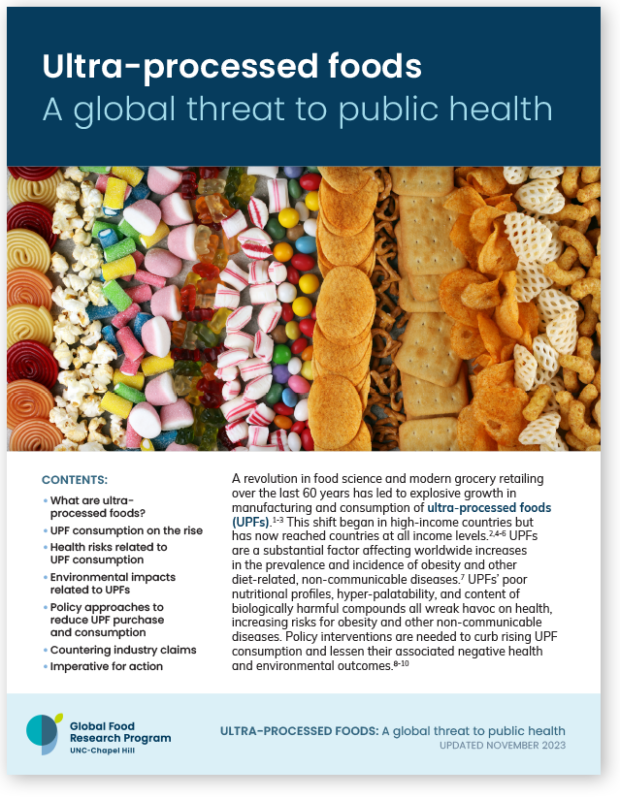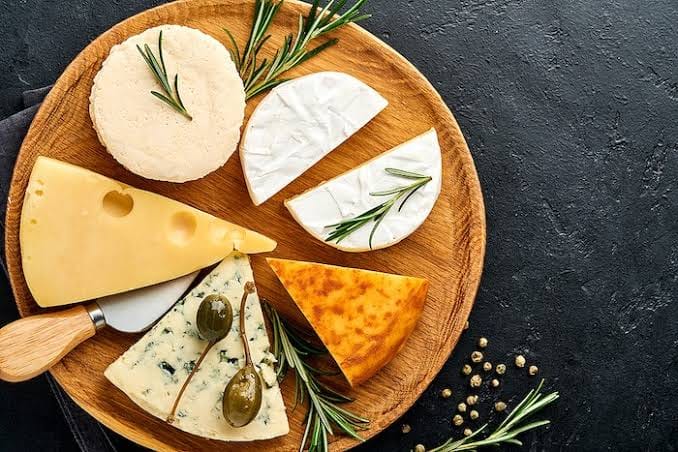Lichen's Hidden Flavor - Exploring the Uncharted Territory of Lichen Aroma Food

The Mysterious World of Lichen
Lichen, a fascinating organism, has been overlooked in the culinary world. Despite its unique characteristics and potential uses, lichen remains a mystery to many. However, recent interest in foraging and wild ingredients has brought lichen to the forefront, revealing its hidden flavors and aromas.
Unveiling the Secrets of Lichen
Lichen is a composite organism, consisting of fungi and algae or cyanobacteria living in symbiosis. This unique relationship creates a diverse range of species, each with distinct properties and potential uses. From the earthy, moss-like flavors of Cladonia to the bright, citrusy notes of Xanthoparmelia, the world of lichen is full of surprises.
A New Frontier in Culinary Exploration
The growing interest in foraging and wild ingredients has led to a reevaluation of lichen's culinary potential. Chefs and food enthusiasts are now exploring the uses of lichen in various dishes, from soups and stews to sauces and seasonings. As we delve deeper into the world of lichen, we may uncover new flavors and aromas that can elevate and transform our culinary experiences.
What is Lichen Aroma Food?
Lichen aroma food refers to the use of lichen as a flavor component in various dishes. This emerging culinary trend is gaining popularity among adventurous foodies and chefs seeking to explore new frontiers of flavor.
Unveiling the Unique Aroma Profile of Lichen
Lichen's unique aroma profile is described as earthy, mossy, and slightly sweet. This distinctive flavor is attributed to the symbiotic relationship between fungi and algae or cyanobacteria, which forms the lichen organism. The resulting aroma is both intriguing and complex, making it an attractive addition to various culinary creations.
Types of Lichen Used in Aroma Food
Lichens, the unsung heroes of the culinary world, have been gaining recognition for their unique aroma and flavor profiles. Among the diverse species of lichens, several stand out for their exceptional qualities, making them ideal for use in aroma food.
Evernia prunastri: The Oakmoss Lichen
Evernia prunastri, commonly known as oakmoss, is a popular choice for aroma food due to its rich, earthy, and mossy fragrance. This lichen grows on trees, particularly oak, and is often used in combination with other ingredients to create complex flavor profiles.
Usnea barbata: The Beard Lichen
Usnea barbata, also known as beard lichen, boasts a distinctive, pungent aroma and a hint of bitterness. This lichen is often used to add depth and umami flavor to various dishes, making it a sought-after ingredient in aroma food.
Each species of lichen offers a unique aroma and flavor profile, allowing chefs and food enthusiasts to experiment and create innovative culinary experiences. By exploring the uncharted territory of lichen aroma food, we can unlock new dimensions of flavor and aroma, elevating the culinary world to new heights.
Incorporating Lichen into Your Cooking
Lichen, a unique and underrated ingredient, offers a wide range of culinary possibilities. Its versatility and distinct flavor profile make it an excellent addition to various dishes, from savory to sweet.
Exploring the Culinary Potential of Lichen
Lichen can be used in a variety of dishes, from soups to desserts. Its earthy, slightly sweet flavor makes it an excellent complement to ingredients like:
- Mushrooms: Combine sautéed lichen with wild mushrooms for a hearty, umami-rich soup or stew.
- Herbs: Infuse lichen into herbal teas or pair it with fresh herbs like thyme or rosemary for a fragrant rub for meats or vegetables.
- Spices: Blend lichen with warm spices like cinnamon, nutmeg, or cardamom to create a unique seasoning for baked goods or desserts.
Tips for Cooking with Lichen
When incorporating lichen into your cooking, keep the following tips in mind:
- Rehydrate dried lichen by soaking it in water or broth before using it in recipes.
- Start with small amounts and adjust to taste, as lichen's flavor can be potent.
- Experiment with different types of lichen, like reindeer lichen or Icelandic moss, for varying flavor profiles.
By embracing the hidden flavor of lichen, you can add a new dimension to your cooking and explore the uncharted territory of lichen aroma food.
The Future of Lichen Aroma Food
Lichen aroma food, a relatively unexplored territory in the culinary world, is poised to become a trend in the near future. As interest in foraging and wild ingredients continues to grow, chefs and food enthusiasts alike are turning their attention to the unique flavors and aromas offered by lichens.
Rising Interest in Foraging and Wild Ingredients
The trend of foraging and using wild ingredients in cooking has been gaining momentum in recent years. This shift towards embracing nature's bounty has led to a renewed interest in lichens, which offer a vast array of flavors and aromas waiting to be explored.
Experimentation and Innovation in Lichen-Based Cuisine
As the interest in lichen aroma food grows, experimentation and innovation in lichen-based cuisine are expected to rise. Chefs and food enthusiasts will continue to push the boundaries of what is possible with lichens, leading to new and exciting flavor combinations and culinary experiences.
This surge in creativity will not only expand our understanding of lichens as a culinary ingredient but also contribute to the development of a more sustainable and environmentally conscious food culture.
:max_bytes(150000):strip_icc()/dog-treats-glass-storage-container-3f5d7e36-81df4011d844459c9272c9c8404bc38d.jpg)

















Comments ()